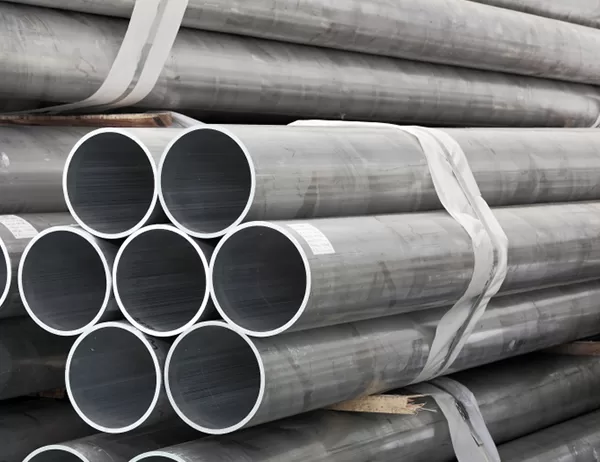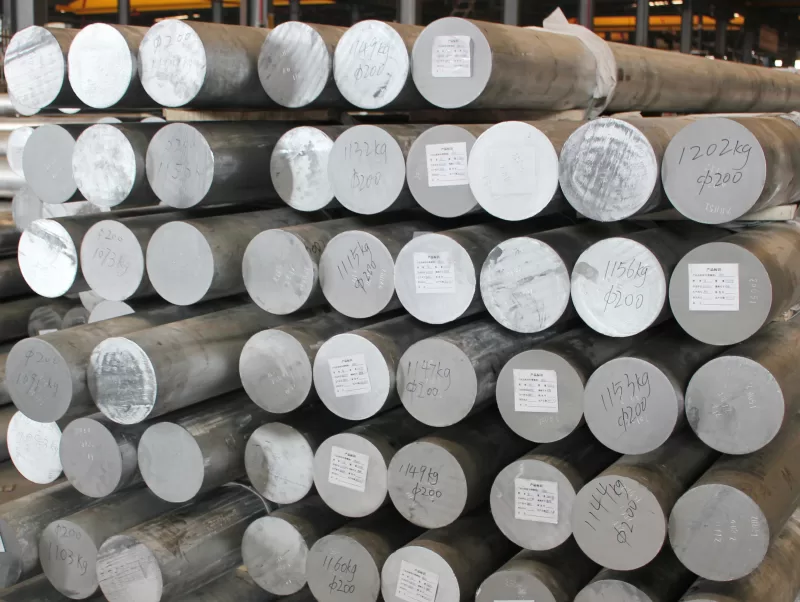How to Maintain and Clean Your Aluminum Heat Sink: A Guide to Keep Your Electronics Running Cool
In the realm of electronics, heat sinks reign supreme as the unsung heroes, silently dissipating heat away from critical components and ensuring their longevity. Aluminum heat sinks, known for their exceptional thermal conductivity and cost-effectiveness, are ubiquitous in laptops, desktops, and other electronic devices. However, even these durable components require proper maintenance and cleaning to maintain optimal performance.
Why Cleaning and Maintaining Your Aluminum Heat Sink Matters
Accumulated dust, dirt, and grime act as insulating barriers, impeding heat transfer and compromising the sink’s cooling efficiency. This can lead to overheating, reduced performance, and even premature component failure. Regular cleaning and maintenance prevent these issues, ensuring a long and healthy lifespan for your electronics.
Step-by-Step Cleaning Guide
1. Power Down and Disconnect: Unplug your device from any power sources and allow it to cool down.
2. Remove Dust and Loose Debris: Use a compressed air can or a soft brush to gently remove dust and loose debris from the sink’s surface and fins.
3. Clean the Fins: Dip a soft brush or cotton swab into isopropyl alcohol (rubbing alcohol) and gently wipe along the fins to remove stubborn dirt and grime. Avoid using excessive pressure or abrasive cleaners that could damage the delicate fins.
4. Rinse and Dry: Rinse the sink thoroughly with clean water to remove any traces of alcohol. Allow it to air dry completely before reassembling.
Maintenance Tips
1. Regular Cleaning: Establish a regular cleaning schedule to prevent dust buildup. Cleaning intervals vary depending on the environment and usage, but quarterly cleaning is recommended.
2. Inspect Connections: Regularly check the screws or bolts securing the sink to the motherboard or other components. Ensure they are tight but avoid overtightening, as this can damage the sink or motherboard.
3. Consider Thermal Paste: Replacing thermal paste between the sink and the CPU or GPU can improve heat transfer. Choose a high-quality, non-conductive thermal paste and follow the manufacturer’s instructions for application.
Conclusion
By adhering to these cleaning and maintenance guidelines, you can ensure that your aluminum heat sink continues to effectively dissipate heat and safeguard your electronics from overheating. Taking just a few minutes every few months can significantly extend the lifespan of your devices and enhance their overall performance. Remember, a clean heat sink is a cool heat sink, and a cool heat sink is the key to a long and prosperous electronic life.




